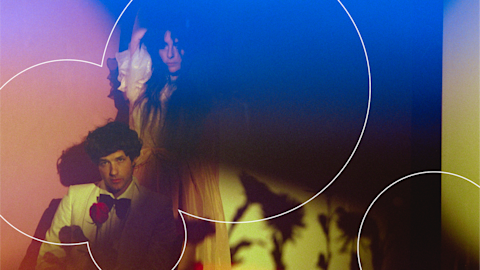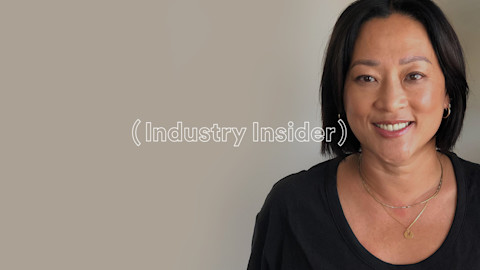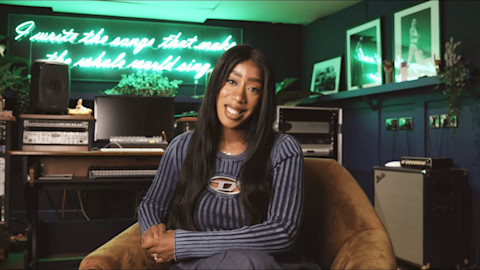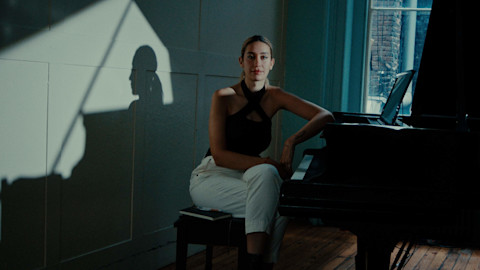Tracking the best in independent and emerging artists, the Fresh Finds Best of 2017 playlist is ground zero for music discovery. Combing through its 200 selections, one trio of interconnected names will stand out to fans of dance music. The UK producers Kowton, Batu, and Minor Science rub elbows in DJ booths and on label rosters, and all three represent one of the most exciting corners of the electronic-music underground.
The three artists are connected to a network of labels—like Whities (home to most of Minor Science’s releases), Livity Sound (run by Kowton), and Timedance (run by Batu), along with Hemlock Recordings and Hessle Audio—that is responsible for some of today’s most exciting club music. It’s a scene where elements of techno, bass music, dubstep, house, and UK sound-system culture all swirl together into an unpredictable but remarkably fertile amalgam. A little like Burial before them, they’re reinventing dance music by sifting through its past and reconnecting with its futurist impulses. Unlike the first-generation dubstep producers who came along more than a decade ago, however, their sound doesn’t yet have a name, or even any firm distinguishing characteristics—and that’s just the way they like it.
Speaking by phone, the three artists talked about the freedom of operating outside the boundaries of genre, and they shared strategies for using Spotify to connect local underground scenes with listeners around the world.
It seems like you all made a leap this year in terms of visibility, and not only because you ended up on the Fresh Finds Best of 2017 playlist. How does it feel from where you’re sitting?
Omar McCutcheon (Batu): It definitely felt like, personally, I reached a lot more people with what I was doing. Everything seemed to gain a lot more momentum. I played a lot more gigs, and Timedance reached more people than before. Compared to a few years ago, there’s more of a collective of labels all hitting on similar ideas, even though there’s no name for it.
Angus Finlayson (Minor Science): There’s a younger generation coming up, and maybe we’re a bit more confident about what we’re doing. For me, a formative listening experience was the early output of labels like Hessle and Livity and Hemlock. I don’t want to put words in Omar’s mouth, but I feel like we’re both of an age where we were avid listeners of that, but weren’t quite there with our own music. Now it feels like there’s a whole bunch of people with that listening history getting to a place where they’re more confident in what they’re doing and they’re able to reach an audience.
McCutcheon: I agree. It feels like there a lot more producers in their early 20s who have got a similar background to myself and Angus, who were listening to the same music; maybe it just takes a while for people to get the skill set to make music that sounds well executed.
![Batu (Photo Credit: Alex Digard)]()
Batu (Photo Credit: Alex Digard)
The corner of the scene you represent is interesting in part because it doesn’t have a name, yet there’s clearly something holding it all together. What do you call the music you make? Techno? Bass? Post-dubstep?
Joe Cowton (Kowton): Not bass. It’s techno under the wider umbrella of futuristic electronic music. Maybe when you say “techno” nowadays, people think of [Berlin club] Berghain or enormous festivals in Spain or whatever... I think if the past years have shown anything, it’s that trying to attribute a name to a collective sound just never works out well. It always sounds clumsy and wrong, one way or another. Perhaps the most fertile periods for any scene are before they have a name. That’s the good bit.
McCutcheon: Being big dubstep fans, we all saw what happens when a little scene explodes. So I think we’re all a little bit guarded against the idea of a specific name, because then it becomes a buzzword.
Cowton: I guess, too, it’s a matter of popularity. There’s a vaguely cohesive group of people making similar music, but if you talk about 2006 or 2007, someone like Skream was already enormous. There’s no one making this kind of abstract sound that’s on that level yet. At this point you don’t actually need a name. This sound is a long way off from that point where dubstep solidified and became something else entirely.
__Dubstep had such a distinct signature. What do you think are the defining characteristics of the music you make, both individually and as a part of a scene? __
McCutcheon: There’s definitely a referencing of older UK material, and we all reference sound-system culture. It’s quite an open book, really. You can put in whatever you want.
Cowton: It’s a desire to experiment but make people dance as well. If you take something like jungle or grime, they were both remarkably futuristic, yet you played them for people to lose their minds to on a Friday night. It wasn’t too clever; you didn’t need to think too hard about what was going on. That’s definitely something we’ve aspired towards.
Finlayson: With my music in particular, I feel like it’s a certain attitude to conventional forms. That was something I absorbed from labels like Hessle Audio, where a lot of what they did was clearly based in some established dance-music form, but twisted or distorted or cleverly flipped on its head. But without, as Joe said, losing sight of the fact that it’s basically club music.
![Kowton (Photo Credit: James Clothier)]()
Kowton (Photo Credit: James Clothier)
How important is the social side of things? There seems to be a lot of roster swapping between the labels you all run and appear on.
McCutcheon: I think a lot of us will naturally be talking to each other or playing gigs together, and things tend to happen pretty naturally. All of us come from a viewpoint where working with friends is pretty fun and attractive, as opposed to a kind of label/artist hierarchy.
Finlayson: A lot of it these days revolves around Bristol. When I’m in Bristol, I always end up meeting other musicians and having interesting conversations. It feels like there’s a nice proximity there, which is conducive to working together and coming up with something good.
McCutcheon: I’m sure Joe can confirm this, there’s a lot of sitting in the pub in Bristol, talking about tunes. (Laughs)
Cowton: It’s quite healthy to have that real-world interaction. There’s a lot of ideas that come from face-to-face chatting. If you’re just doing things over email, it can be very formal. Things get done, but you don’t really know where people are coming from, and some of the ideas you have might never foment in the same way.
You all make music primarily for clubs, yet your streaming numbers indicate that people are obviously happy to listen at home, outside the context of a DJ set. Have you begun thinking of ways you might package your music specifically for streaming listeners?
McCutcheon: I’ve definitely been thinking about this. Obviously, I still want to concentrate on vinyl, but generally, people like things instantly. The traditional way of releasing records, you had this wait time after records were announced. But when something’s announced, people want to be able to listen on Spotify as soon as they hear about it. There’s definitely interesting scope to change how that time between announcement and release is managed.
Finlayson: In the last 10 years or something, the status of the vinyl record in dance music has definitively changed. It’s important to acknowledge that for all the record buyers in places that have good record shops, there are lots of people who live somewhere they can’t get a hold of the records. I think about streaming in terms of accessibility and reaching people who might really connect with the music, but aren’t keyed into that traditional distribution network. A Spotify playlist that might put your track in front of someone who would never have thought to check it out otherwise—it has the potential to enliven the music by bringing it to new listeners.
McCutcheon: There are a lot of people we struggle to reach who potentially would listen at home. You can get in a mindset where it just feels like an underground thing and no one else is interested, but I think there’s an opportunity with streaming to reach a larger audience if you can present it to them in the way that you want.
*-Philip Sherburne
*








